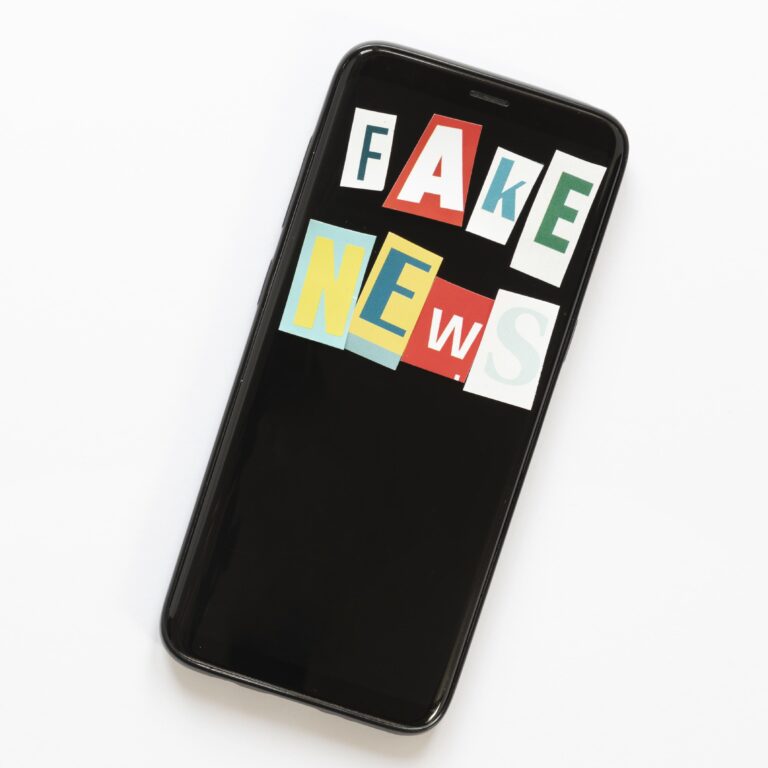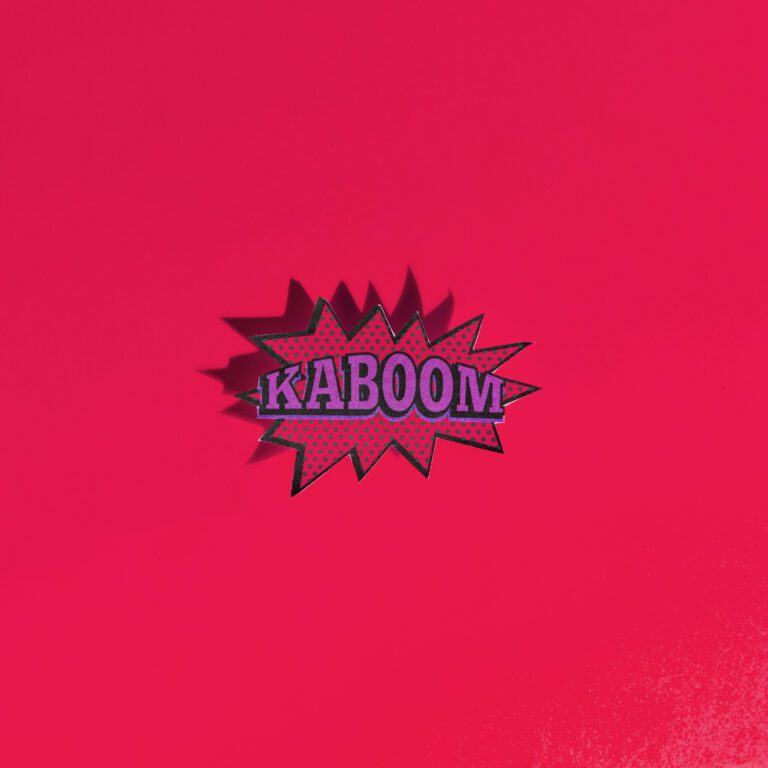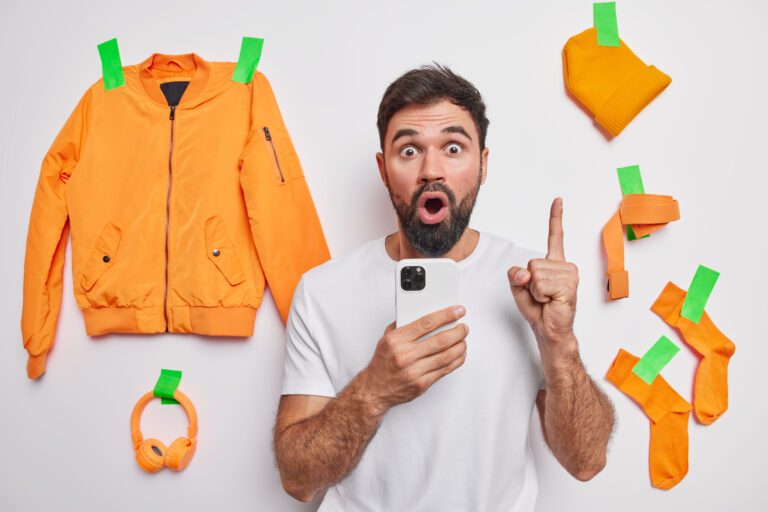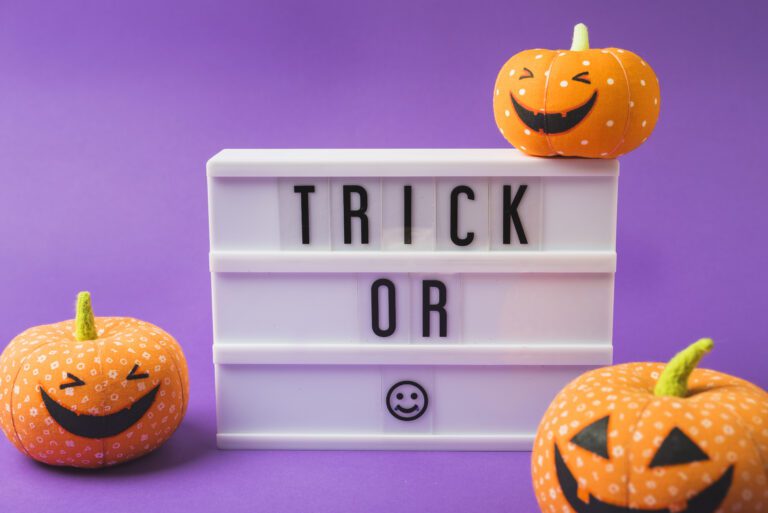Did Popups Give Results in 2025? (What Data Shows)

I hope you enjoy this blog post. If you want Hello Bar to grow your leads, click here.
Author:
Mansi
Published
October 27, 2025
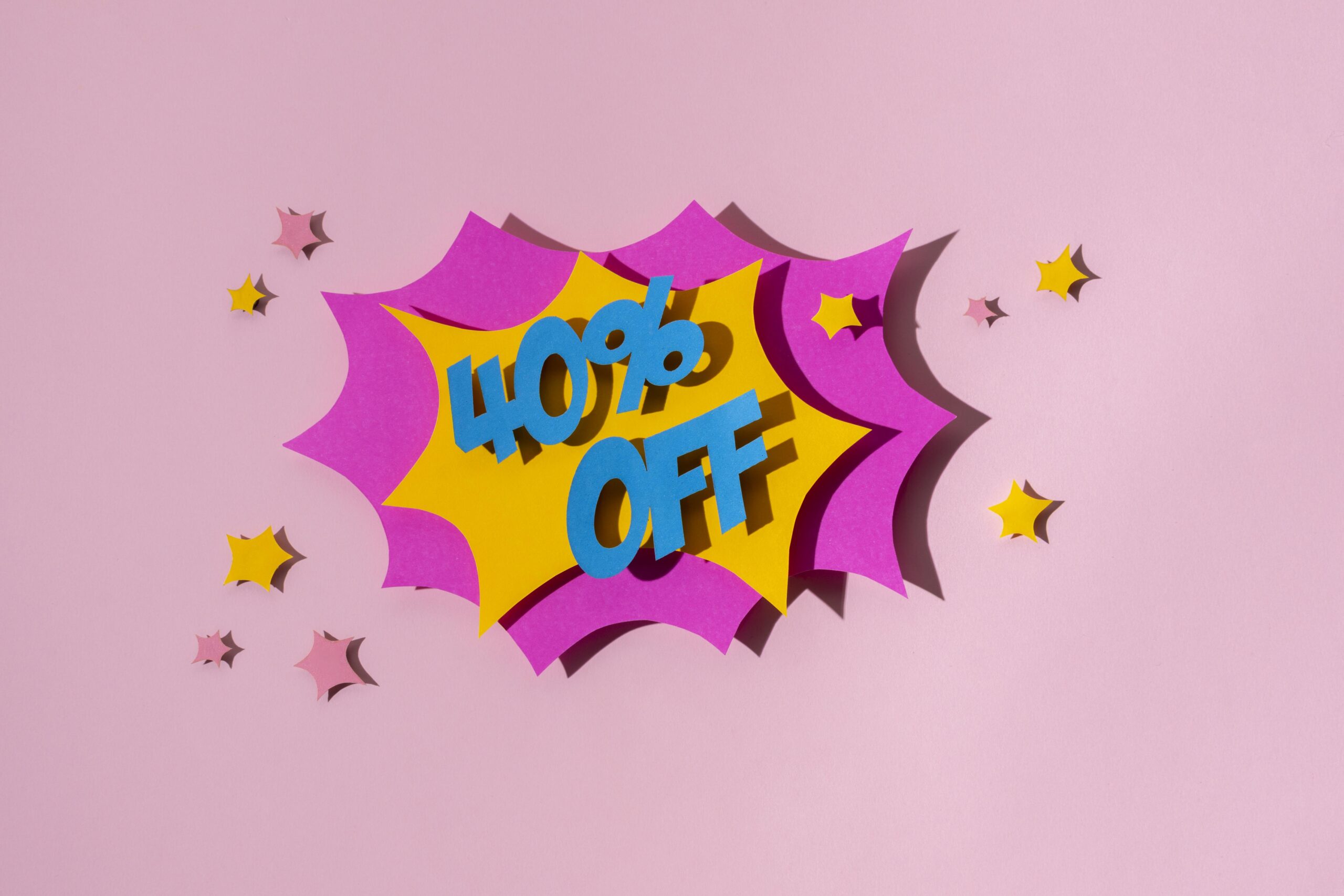
Table of Contents
Popups have been around for a while. Some people say they’re annoying. Some say they’re dead. But here’s the truth: data still shows that popups give results. Marketers may argue over formats and timing, but the numbers tell a different story. Across thousands of campaigns analyzed in 2025, the average popup result (conversion rate) sits around 4.13%. That might not sound huge, but in ecommerce and lead generation, that’s massive when you multiply it across thousands of visitors.
The real question isn’t do popups give results, they clearly do.
It’s which popups give results and why.
Let’s break down what actually worked in 2025, based on real data.
1. Multistep Popups Still Win
If you’ve ever built a form, you know this problem, the more fields you add, the fewer people finish. That holds true with popups too. Data shows conversions drop from 4.41% to 2.90% when you move from one field to two. Add a third, and you’re down to 1.93%.
But here’s where multistep popups change the game.
Instead of showing everything at once, they ask for an email first, one simple field. Once the person commits, you ask for a bit more (like interests or preferences).
That simple change works. 76% of people who fill in the first step also fill in the second. That’s how you get more complete data without losing conversions.
The logic is simple. Once someone has said “yes” once, saying “yes” again is easier.
So, if you’re collecting leads, use a multistep format. You’ll collect better information and still keep your popup result rate high.
2. Gamified Popups Are Pulling Ahead
Old-school popups just say, “Sign up for 10% off.”
The new ones play.
Gamified formats, like spin-to-win wheels, quizzes, or daily deal popups, don’t just grab attention; they make people interact.
Here’s what the numbers show:
- Spin-to-win popups had an 8.67% conversion rate, compared to 3.70% for regular ones. That’s a 132% jump.
- Daily offer popups, where people check back each day for a new deal, reached 29.59% conversions. That’s huge.
- Quiz popups, where visitors answer a few quick questions to get tailored recommendations, averaged 8.65% conversions.
Why? Because they’re not just transactions, they’re experiences.
Visitors engage. They feel like they’re earning something instead of being sold to.
If you’re wondering do popups give results, these numbers make it clear. Gamified popups don’t just drive results, they multiply them.
3. Mobile Popups Work Better Than Desktop
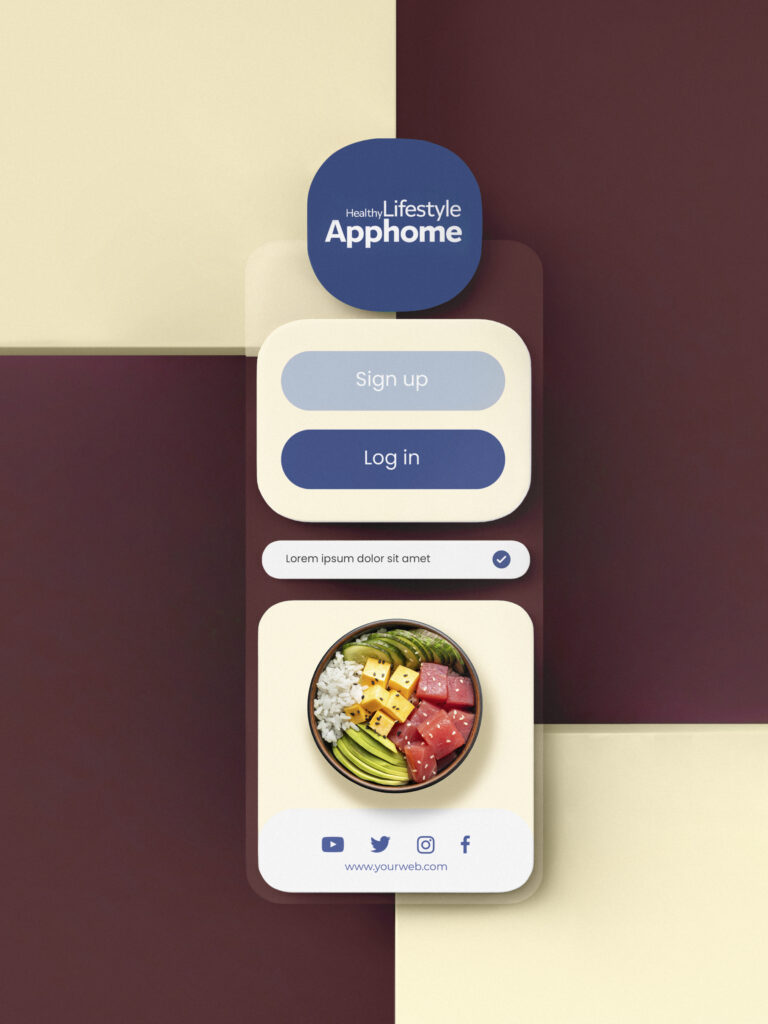
Everyone knows mobile traffic dominates. But few realize mobile popups outperform desktop ones.
The data proves it:
- Mobile popup result: 5.60%
- Desktop popup result: 2.86%
That’s a 97% higher conversion rate on mobile.
The reason? People spend more time browsing on their phones, and mobile popups tend to be shorter, simpler, and better designed for quick action.
Still, not every goal fits every device. Many brands now set different popups for mobile and desktop. For instance, one ecommerce site runs a product signup popup on desktop but switches to a quick “book a demo” version on mobile.
That separation matters. If you build popups that match your visitor’s behavior by device, you’ll see real improvements.
So yes, popups give results, especially on mobile, as long as you design them with purpose.
4. Timer-Led Triggers Beat Scroll or Instant Popups
Timing is everything. Show a popup too soon and you lose the visitor. Show it too late and they’re gone.
When researchers compared different triggers, here’s what they found:
- Timer-based popups: 4.42% conversion rate
- Scroll-based popups: 2.64% conversion rate
That’s a 67% better result with timer triggers.
And the sweet spot? Six seconds.
That’s long enough for visitors to engage with the page but early enough to catch their attention before they drift off.
Instant popups (those that appear the moment someone lands) usually fail, they feel intrusive.
But give it six seconds, and suddenly you’re helping, not interrupting.
If you’ve ever asked yourself, do popups give results, this is a big part of the answer. Popups drive results when the timing feels natural.
5. Add an Image, It’s Worth It
Images don’t just make popups look nicer, they work.
Across all campaigns studied, popups with images (4.05%) outperformed those without (0.66%) by a shocking 513%.
That’s not a typo.
It’s proof that visuals matter.
People respond to what they see faster than what they read. A product photo, a smiling face, even a visual version of your offer can pull focus instantly.
And you don’t have to limit it to product shots. Brands use lifestyle images, icons, or even visual versions of coupons. The key is to make the image match the message.
It’s one of the simplest tweaks with the biggest return.
So if you want higher popup result rates, don’t skip this. Add an image that reinforces your offer.
6. Teasers and Countdowns Build Momentum
Ever seen a small tab at the corner of a screen saying, “Click here for today’s offer”?
That’s a teaser, and it works.
Popups with a teaser average 4.54% conversions, compared to 2.74% without one, about 65% better performance.
A teaser gives control back to the visitor. Instead of being interrupted, they choose to engage. That’s key in keeping users comfortable while still nudging them toward action.
Pair that with a countdown timer, and you add urgency without pressure.
Popups with countdowns see 5.17% conversions, compared to 4.12% for those without, a 25% lift.
Why? Because people respond to deadlines.
A simple visual countdown makes the offer feel real and time-bound.
So, if you’re asking again do popups give results, these numbers show how much difference a small detail like a teaser or timer can make.
7. Context Still Rules Everything
Here’s something simple but overlooked, popups don’t exist in a vacuum.
The same design, copy, or trigger won’t work everywhere.
In the data studied, context-based targeting (showing specific popups on certain pages or for specific behaviors) consistently lifted conversion rates. For example, a quiz popup on a product page helps shoppers find the right item without leaving, that’s how you turn hesitation into action.
Even small contextual cues, like showing a discount after scrolling halfway through a pricing page, improved popup result rates.
The message here isn’t complicated. Popups give results when they fit.
Don’t throw the same generic offer everywhere. Match your popup to intent, timing, and device.
Also read our guide on 9 Reasons That Makes Hello Bar the Best Popup Builder Over Alternatives
What All This Means
If you’ve read this far, you’ve already got your answer:
Yes, popups delivered results in 2025 and it will continue to do the same in 2026.
They just don’t work the way they used to.
You can’t treat them as background noise or lazy sales prompts. The best ones are interactive, timed right, context-aware, and built for the device they’re on.
Numbers don’t lie.
Whether it’s 8.6% from a gamified quiz, 5.6% from mobile visitors, or 4.4% from a six-second trigger, every one of these stats says the same thing, popups give results when you build them with intent.
Conclusion
Popups aren’t fading out, they’re evolving.
If you treat them like a real part of your marketing system, not a side gimmick, they’ll keep driving results long past 2025.

